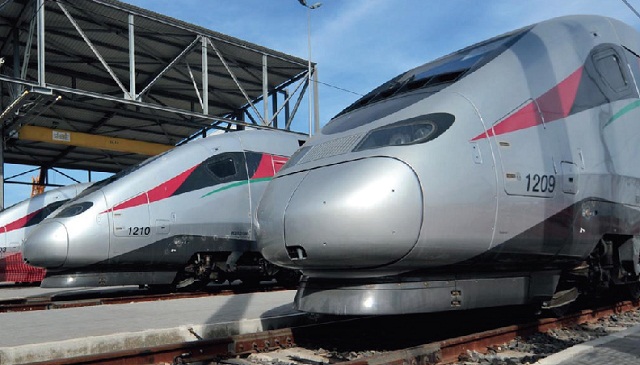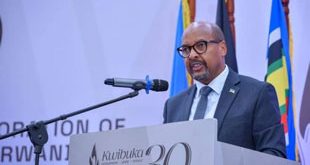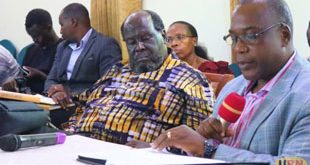
Kampala, Uganda | AGENCIES | Morocco’s King Mohammed VI and French President Emmanuel Macron launched on Nov.15 the first high-speed train in Africa.
The Moroccan king and Macron took the train from the northern city of Tangier to arrive in the capital Rabat, in a ride that lasted 80 minutes, compared to around four hours for a normal train ride before.
Called Al Boraq, the 200-km high-speed rail line has been built with a budget of more than US$2 billion (Approx.Shs7.5 trillion or Shs37 billion per km).
In addition to over US$600-million financing from Morocco, several foreign countries contributed to the implementation of this project.
France contributed half of the total budget of the project, while the rest was mobilised by loans from Gulf countries, namely Saudi Arabia, Kuwait, and the United Arab Emirates. The French Development Agency and Morocco’s national railway operator, the ONCF signed the deal.
The new train exceeded a speed of 220 miles (352 km) per hour in the tests, but it will travel at a speed of 320 km per hour during normal operation.
As a result, the journey time between Tangier and Casablanca will be reduced from five hours to two hours and 10 minutes.
Morocco becomes the first African country to operate high-speed trains.
The first of the trains received by the Office National des Chemins de FerMarocain (ONCF) are manufactured by Alstom; a French rail transport multinational. Up to 14 high-speed trains in total were proposed to be supplied by Alstom, 14 in total, each capable of carrying 533 passengers.
The line has been eight years in the making. The route, first mapped out in 2005, was made more complex by hilly terrain and strong winds and required the building of several viaducts including some more than two miles long. Engineers in Morocco started testing the in 2017.
At that time, project was set to go around 15 per cent over budget, but ONCF head RabiiLakhlii said the project had still cost “less than €9 million euros per kilometre (£13million per mile), compared to a European standard of €20 million euros per kilometre”.
Alstom’s AveliaEuroduplex trains are articulated double-deck units that have been built with Morocco’s climate in mind. Each train comprises eight cars, including a catering carriage, and will able to hold more 533 passengers. The director general of ONCF, Mohamed RabieKhlie, has stated on record of the country’s aim to double the current annual ridership figures to six million people.
With the line, Morocco is hoping to give its economy a boost by effectively bringing business centres closer together and improving connections for the country’s well-established tourism industry.
It has also been reported that the French car manufacturer, Peugeot, is considering building a manufacturing plant in Kenitra – one of the stops on the new high speed line.
Alstom has said that the new trains will offer passengers with mobility issues big benefits owing to the open-plan layout, while passenger information have also been given an upgrade with Arabic- and French-enabled systems on board every train.
Henri Poupart-Lafarge, the Alstom CEO, spoke of the company’s pride to be selected to deliver Africa’s first high-speed train.
“This inauguration is a significant milestone for this prestigious project which will allow Moroccan people to benefit from an incredible passenger experience. Alstom is committed to remaining a close and long-term partner for Morocco, addressing its mobility needs and supporting its upcoming transport projects.”
It currently costs in the region of 136-261 Moroccan Dirham (US$15-US$28) to take the line all the way from Casablanca to Tangier on the ONCF’s existing service, and Lakhlii said that tickets will cost about 30 per cent more on the speed train.
Moroccan leaders have heralded the project as a key step in modernising the country’s infrastructure.
But opponents argued that the money, the total cost of which is around €2 billion, could have been better spent in a country where many live in poverty.
Morocco – which gained its independance from France in 1956 – has a gross national income of just 26,800MAD (US$2,825) per capita, according to the World Bank.
Supporters argue, however, that if the new high-speed railway succeeds in attracting more tourists, it will boost what is already one of the most lucrative sectors in the Moroccan economy.
 The Independent Uganda: You get the Truth we Pay the Price
The Independent Uganda: You get the Truth we Pay the Price


